
|   |

|   |
Guru Gopalakrishnan - Kusum - Ashish Mohan Khokar, Bangalore e-mail: khokar1960@gmail.com Based on archival materials from The Mohan Khokar Dance Collection November 27, 2009 Kerala Natanam is a lesser known form, even within Kerala. The reasons are many: Guru Gopinath, the pioneer, created this simplified version and adaptation of Kathakali. He restyled it especially to make easy the group art into an art of the soloist and to afford easy costume-making and make-up, especially when travelling, since he partnered Ragini Devi, who took him abroad to perform. While many learnt it like Guru Bhavani Chellapan, Prof. Sankarkutty, Prof. Sundareswar, late Guru Chandrasekharan, G Venu, Vinodini, and others, Guru Gopalakrishnan stuck to it and furthered it in the last few decades. Today its best exponent, Guru Gopalakrishnan is nearing 85 and with his wife Kusum, has done a lot to popularize this form over the last sixty years. Here is his story and the history of the form. 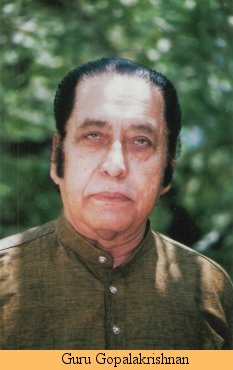 Born on April 9, 1926 in Kodungallur, this scion of Nanthialath and Changaradi tharavads (households) was destined to take to dance. His parents Nanthialath Madhava Menon and Changaradi Ammalu Amma let him pursue his passion, which was sparked by seeing TR Sundaram's film 'Balan' in 1938. He desired to learn Kathakali from the masters but chance brought him to Madras to be at the Gemini Studios and come in contact with the legendary Guru Gopinath, then based in Madras. In 1946, he joined the Natana Niketan dance school. Madras was then a very happening place for dance and films and many fortunes and fame were being made. Guru Gopinath was choreographing and dancing for many films, thus Gopalakrishnan got a firm foothold in the dance and film world. He was promoted to become a lead dancer in Guru Gopinath's troupe. 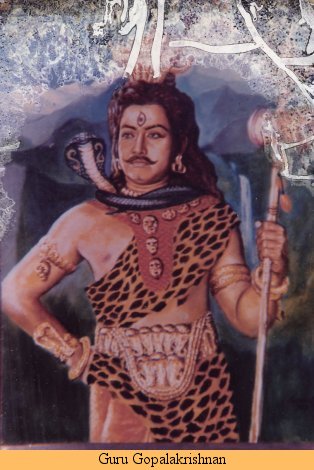 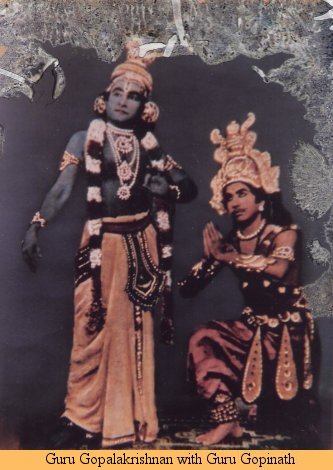 Gemini Studios, where he was employed as a full-time dancer, was the first Tamil studio to try and distribute the film on pan-Indian basis. Even my mother took me to see this classic in the late sixties when it was still running! SS Vasan had done the direction and Papanasam Sivan, lyrics and the music was done by Saluri Rajeshwar Rao. That was the golden era of dance in Tamil films and many names were made in that period. Guru Gopalakrishnan became a popular and sought after dancing star and participated in many Tamil, Telugu, Kannada, Malayalam, Hindi and even Sinhalese films.  In 1953, he was chosen as member of a prestigious cultural delegation to China and had the opportunity to meet Mao Tse Tung and Chou En Lai, no less! Recounting his meeting to present Minister for Culture and Education of CPM ruled Kerala, Shri MA Baby, Guru Gopalakrishnan took delight in the handshake the great leader gave him. Ustad Vilayat Khan, Hirabai Barodekar were other members of the delegation. Upon return, they performed for Pt. Nehru in Delhi; and Guru Gopinath was Krishna and Gopal played Arjuna in the ballet 'Geethopadesam.' Next year in 1954, the first Malayalam film 'Neelakuyil' was made. Whereas earlier films were remakes of Tamil ones, this one was made for and by Malayalees. It won the President's Silver Medal at the National film festival. Guru Gopalakrishnan had the distinction of directing dances in this film. From here on, he directed and contributed to several films like Sitaramakalyanam, Jeevithanouka, Amma. In 1956, he established his own troupe named Bharatiya Ballet Troupe with MB Sreenivasan as his music director. Those days it was a trend to have large dance groups that also travelled all over. Among the orchestra was RK Shekhar, harmonium player, father of Dileep, now also known as AR Rahman, the iconic music talent-composer today. 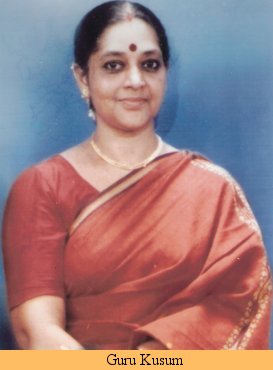 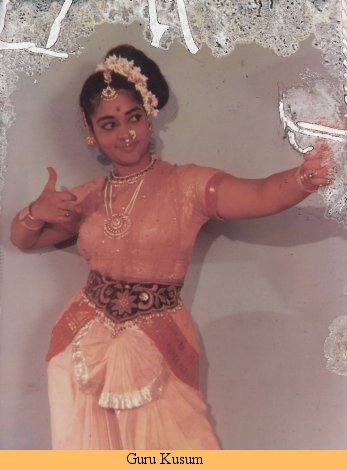 In 1964 they were blessed with a son Vinod, whose wife is Srilatha, a well-known Bharatanatyam talent trained under the reputed Dhananjayans. A daughter, Apsara, was born in 1966, now married and settled in Malaysia. She married Ramgopal, whose parents are famous dancers Sivadas and Vatsala. After two children, sensibly the dancers decided to travel less and settle down and an opportunity came to teach dance at the New Era School in Panchagani which they took and stuck to for 22 years. This was the reason they faded from active national dance scene, though they contributed to building young India and sensibilities to dance art. They created a unique method "Drishyakatha" narrative, a blend of Kerala Natanam, free dance style and folk forms, so children could absorb easily. As dance educators, their roles cannot be underestimated. In 1994 they returned to their native Kerala and now shuttle between two homes, Chennai and Kodungallur. They teach, guide, and advice youngsters and are important artistes who have spent their lifetime in dance. No national award has come their way because they worked quietly.  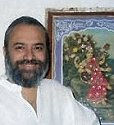 As successor and inheritor of Mohan Khokar's work, Ashish continues to serve dance. Thanks to the wealth of materials left, he has been able to do 35 books and edit-publish 'attendance,' India's only yearbook on dance and its history. He also served the Sahitya Kala Parishad; Festivals of India in France, Sweden, Germany and China and Martand Singh Consultants before becoming a full-time dance writer serving the Times of India as their dance critic for two decades and many magazines and journals, including narthaki. attendance-india.com |